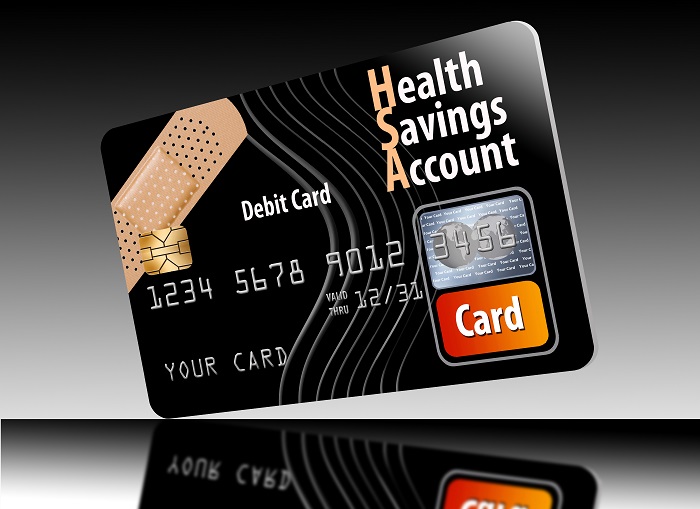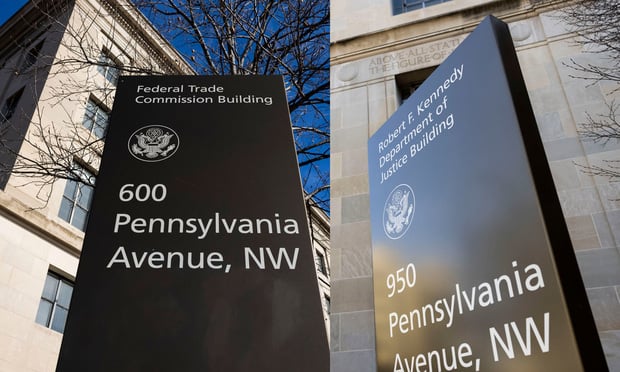 Employees are using HSAs asspending, not savings, accounts, despite the fact that suchaccounts are “triple-tax advantaged.” (Image:Shutterstock)
Employees are using HSAs asspending, not savings, accounts, despite the fact that suchaccounts are “triple-tax advantaged.” (Image:Shutterstock)
They don't understand them, or they don't know enoughabout them to see why they should be using one.
|That's employees' attitudes toward health savings accounts,according to the Willis Towers Watson 2018 Health Accounts Employee Attitudes Survey,which finds that just 25 percent of employees consider saving in an HSA to be a top priority—eventhough 82 percent of workers regard medical expenses as theirbiggest challenge.
|Related: 10 HSA questions employers & employeesask
|Among the employees who said they didn't enroll in an HSA, 69percent said they chose not to because they didn't see the benefit,understand HSAs or take the time to understand them.
|In fact, employees are using HSAs as spending, not savings,accounts, despite the fact that such accounts are “triple-taxadvantaged.” Allowing employees to set aside part of their paypretax, thus reducing their tax liability, the accounts also givethem the chance to pay their medical expenses with that pretaxmoney and not be taxed on the withdrawal. In addition, funds in theaccounts can be invested and any growth on those investments is nottaxed if used to pay medical expenses.
|And since the money in the account is the employee's, it can beused as a retirement savings account if that employee retires orleaves his employer.
|Despite these possibilities, the survey finds that 65 percentuse their HSA money for current large and small health care needs,with only 8 percent instead work to hold onto that money for thefuture. As a result, only 45 percent have more than $5,000saved.
|About a quarter of those who didn't enroll in an HSA say theydon't have enough money to do so at present; 63 percent of thosewho did enroll say they put aside what they can afford each month.So taking advantage of an HSA may be limited by an employee'sfinancial position or even the employee's giving higher priority toa different account, such as a pretax 401(k) or an FSA.
|Even when they have an HSA, they don't use it as efficiently asthey could, much as they do with other savings vehicles—forinstance, just 22 percent max out their 401(k) contributionn to gain the full employermatch before they start putting money into an HSA. And only aquarter contribute to the HSA before their 401(k) if there is noemployer match.
|And even though 69 percent of FSA enrollees reviewed theirprevious health care expenses to determine their contribution, manyemployees are still losing money when opting into FSAs—by notputting aside as much as they could have (48 percent), trying atyear end, without careful planning, to use up what they've put intothe account (36 percent) and then having a tough time doing so (32percent).
|Build your HSA knowledge base:
Complete your profile to continue reading and get FREE access to BenefitsPRO, part of your ALM digital membership.
Your access to unlimited BenefitsPRO content isn’t changing.
Once you are an ALM digital member, you’ll receive:
- Critical BenefitsPRO information including cutting edge post-reform success strategies, access to educational webcasts and videos, resources from industry leaders, and informative Newsletters.
- Exclusive discounts on ALM, BenefitsPRO magazine and BenefitsPRO.com events
- Access to other award-winning ALM websites including ThinkAdvisor.com and Law.com
Already have an account? Sign In
© 2024 ALM Global, LLC, All Rights Reserved. Request academic re-use from www.copyright.com. All other uses, submit a request to [email protected]. For more information visit Asset & Logo Licensing.








